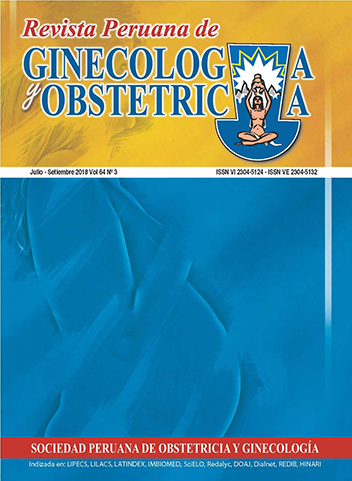Neonatal management in premature babies: advances in Peru
DOI:
https://doi.org/10.31403/rpgo.v64i2106Abstract
Neonatology continues rapid progress in the last decades due to the increase in premature babies. Babies born before term have increased morbidity because of immaturity of most organs and systems. There is an inverse correlation between gestational age and morbidity. Management of extreme premature babies is a great challenge for neonatologists due to the high mortality. In this article we review the milestones in the management of premature babies, which began in the 70s, and include not only in equipment technologic advances, but also advance in knowledge on fetal and neonatal physiology and follow up programs of these patients. We also review the history of neonatology in Peru and advances in the treatment of premature babies resulting in lower neonatal mortality and improvement of the viability limits.Downloads
Download data is not yet available.
Downloads
Published
2018-09-28
How to Cite
Ota Nakasone, A. (2018). Neonatal management in premature babies: advances in Peru. The Peruvian Journal of Gynecology and Obstetrics, 64(3), 415–422. https://doi.org/10.31403/rpgo.v64i2106
Issue
Section
Simposio enfoque perinatal del parto pretérmino
















